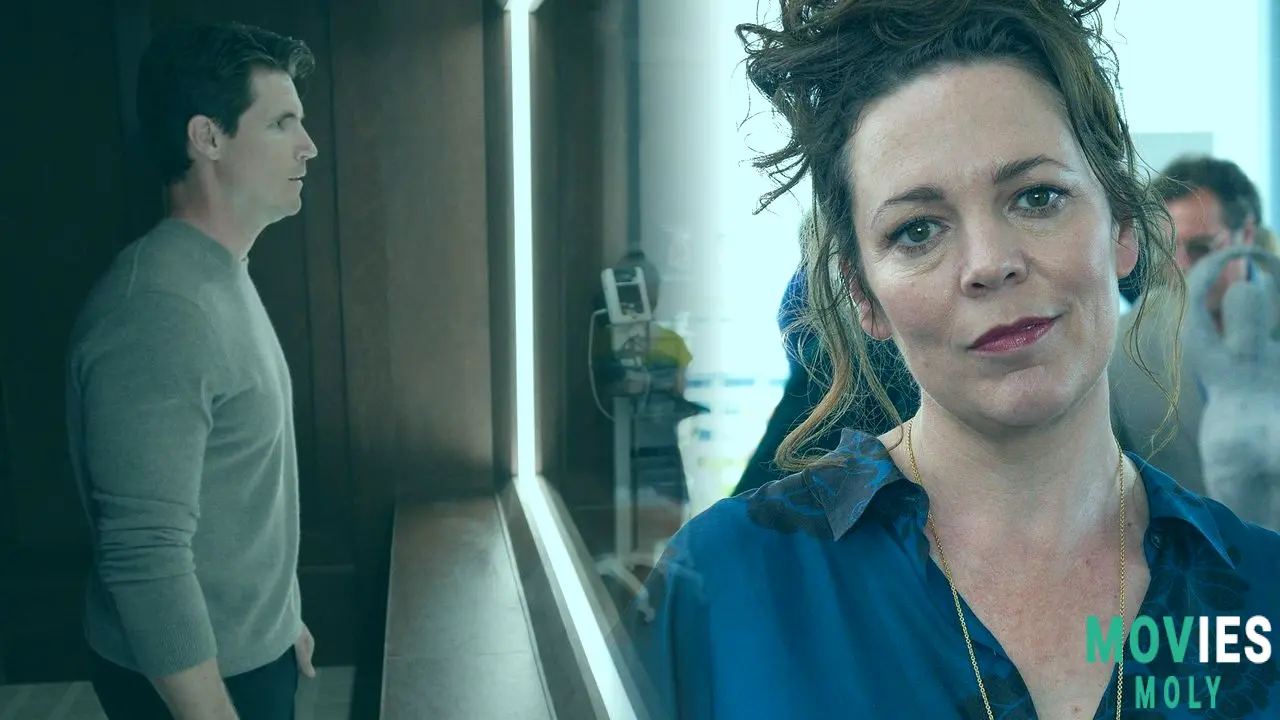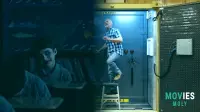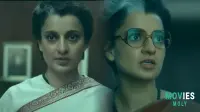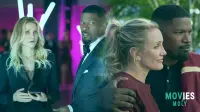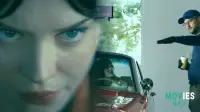The War Of The Worlds by H.G. Wells has always served as a mirror for its time. From Orson Welles' nerve-racking radio broadcast to Steven Spielberg's post-9/11 take, each version reflected the media landscape and fears of the time. Now, Amazon Prime Video has released its own version, featuring Ice Cube as Will Radford, and it has immediately become a hot topic for all the wrong reasons. This 2025 War of the Worlds provides a unique watching experience, although not always in a positive way.
The film, which was discreetly published on Amazon Prime Video, has sparked great interest for its critical reception, or lack thereof. It's a film that needs to be watched, if only to comprehend the magnitude of its cinematic flaws. It exemplifies how a well-known story can derail, even when a clear course is given out.
Why did 'War of the Worlds' (2025) become a viral sensation?The hype about War of the Worlds began almost immediately after its debut, spurred by its startlingly low critical rating. It rapidly became the focus of online debates, memes, and a general sense of skepticism.
The infamous Rotten Tomatoes score explained
The film soon received a 0% critic score on Rotten Tomatoes, a rare occurrence that made it instantly infamous. While one nice review pushed it up to 4%, the first perfect zero solidified its notoriety. This score is more than just a number; it reflects critics' near-universal consensus that the picture does not function. It's a level of critical agreement typically reserved for films that fall short in every way imaginable.
According to the publication Rolling Stone, "This corporation-coddling remake is so unparseable you'll actively wish it were worse — or just over." This encapsulates the feeling that the film isn't even "so bad it's good," but rather a frustrating experience that makes viewers want it to end.
Comparing 'War of the Worlds' with Other 'So Bad It's Good' Movies
Many awful films attract cult followings because they are unintentionally funny. Films like The Room and Sharknado thrive on their serious, yet sloppy execution. They are enjoyable because their imperfections are generally the result of ambition or a lack of self-awareness. However, War of the Worlds struggles to fit in this category.
While some, such as Entertainment Weekly's Jordan Hoffman, thought it was "certainly stupid, but it's also a great deal of fun," this appears to be an aberration. For the most part, the picture feels like a rushed, corporate-driven project rather than a genuine, failing endeavor. It lacks the genuine heart and weird conviction that make other awful films appealing. One New York Post statement, addressing a different film, brilliantly captures the feeling: "I'd rather wake up next to a severed horse head than watch Gotti again."
A breakdown of the film's technical flaws (VFX, editing, and plot).
The film's main difficulties originate from its execution in a variety of technical aspects. The visual effects are infamously weak. Characters frequently have green screen reflections in their glasses, while the scenery behind Ice Cube often resemble generic Zoom backdrops. This lack of refinement makes it difficult to sustain disbelief, even in a narrative about extraterrestrial invasions. The film's editing is also criticized, with fast cuts on every syllable spoken by Ice Cube, making the conversation appear jagged and artificial.
Plot inconsistencies are frequent. The film's "screenlife" approach, which presents everything on a computer screen, is riddled with logical gaps. Microsoft Teams video chat is used to communicate confidential government information. An FBI agent uses FaceTime to take part in a secret terrorist raid. A highly trained government agent does not understand fundamental keyboard shortcuts. The timeline is also a muddle; the global alien invasion certainly takes place over several days, but Will Radford wears the same outfit and his children stay in the same area.
Perhaps the most perplexing dialogue comes from the President of the United States, who says, "Let's do this war of the worlds." This type of writing takes viewers out of the experience, emphasizing the film's difficulties with basic storytelling.
Is the 'Screenlife' format a misstep for 'War of the Worlds'?
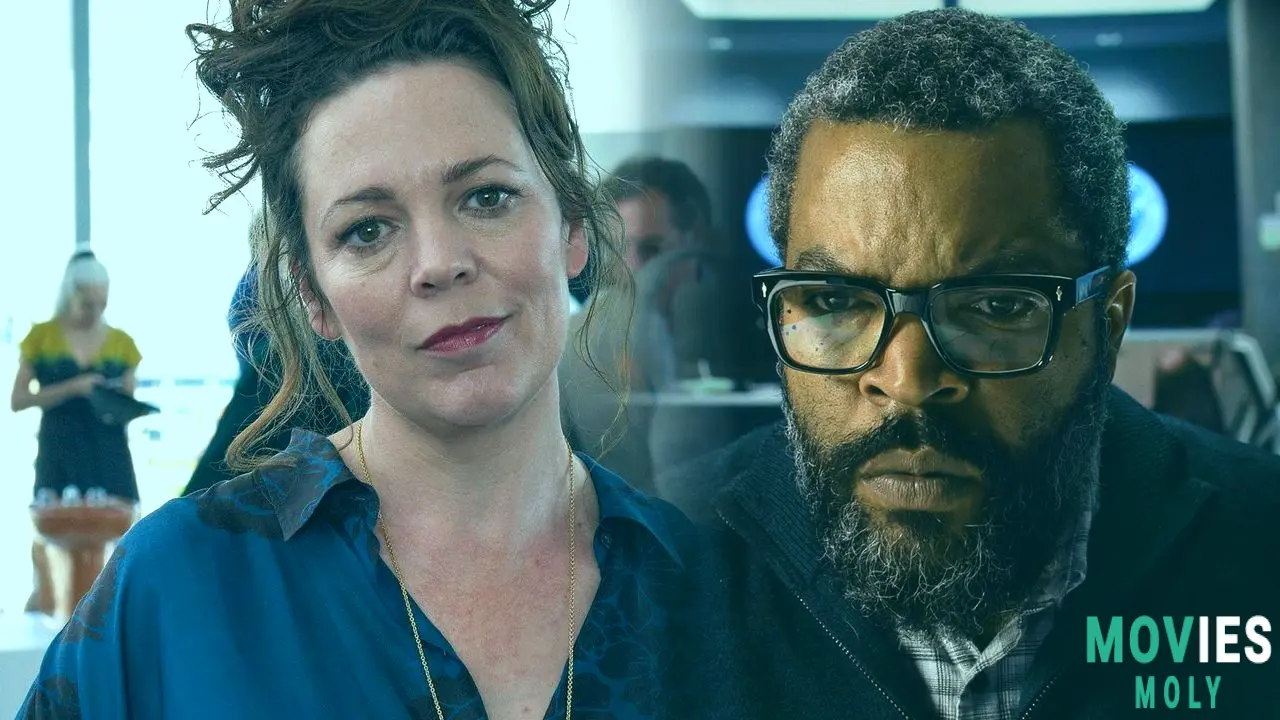
The "screenlife" approach, in which the entire story unfolds on a computer screen, has proven successful in films such as Searching and Unfriended. These films use the format to build tension, immerse the spectator, and represent contemporary digital communication. War of the Worlds tries, but mostly fails.
While the idea of experiencing an extraterrestrial invasion through screens is appealing, War of the Worlds exploits the format. The picture suffers with fundamental consistency, with the worldwide action taking place over several days while the characters remain motionless on screen. This contradicts the real-time quality that frequently makes screenlife films effective. The unexplained camera angles, which frequently show Ice Cube from unusual views within his own computer screen, further undermine the illusion. It feels like a forced gimmick rather than an organic use of the format, which could be owing to production constraints.
An In-Depth Look into Ice Cube's Reactions
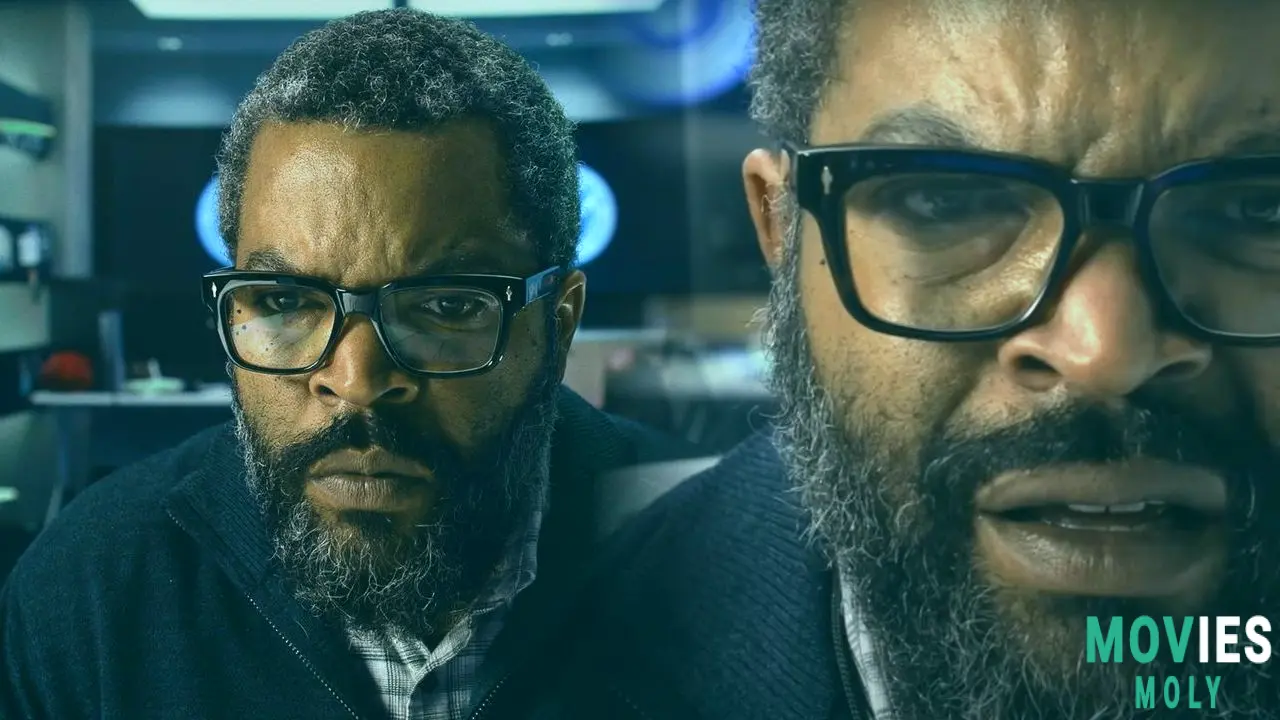
Ice Cube's pivotal role as Will Radford, a Homeland Security agent, has garnered a lot of notice. His performance, which consists primarily of reacting to events on a laptop screen, has sparked both criticism and amusement.
One TikTok user commented, "Sounds like Ice Cube is reading directly from a script that he had never seen before..." This feeling expresses the perceived stiffness and lack of interest in his performance. His reactions to world-ending catastrophes are sometimes muted or unconvincing, resulting in instances that border on farce.
His character's priorities are distorted. Will Radford seemed to be more concerned about his home being destroyed than the fiery deaths of the people he watches. This mismatch makes it difficult to identify with his character and the story's stakes.
Amazon Influence: Product Placement and Streaming Strategy
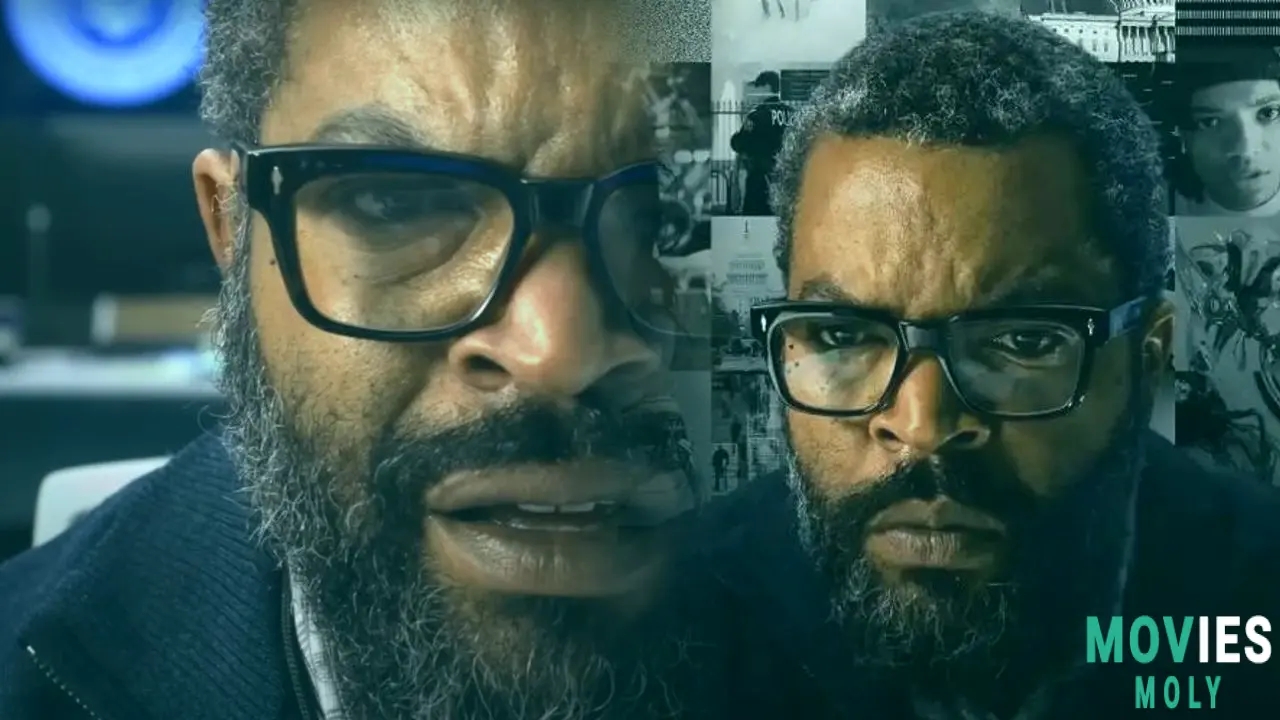
One of the most controversial features of War of the Worlds is its aggressive product placement, particularly for Amazon's own services and products. Many have questioned the film's creative integrity and position as entertainment rather than a commercial tool.
The film includes an Amazon Prime drone saving the day, with one character specifically referring to it as "the future of delivery." During the climax, a character orders something from Amazon to start a scheme. This level of brand integration feels more like an extended commercial than a modest placement.
As one Letterboxd user jokingly pointed out, the film is "a 90-minute commercial for an Amazon service that will never leave the pilot stage." Incredible stuff. It's barely a movie. "Highly recommend." This reinforces the sense that the film promotes corporate propaganda over storytelling.
This tactic raises concerns about the future of streaming content. When a platform creates its own films, where does the distinction between content and advertising blur? War of the Worlds is a prime illustration of how overt product placement may detract from the viewing experience and lead to charges of content being used only for brand promotion.
Beyond the Critics: Audience Responses and Social Media Buzz
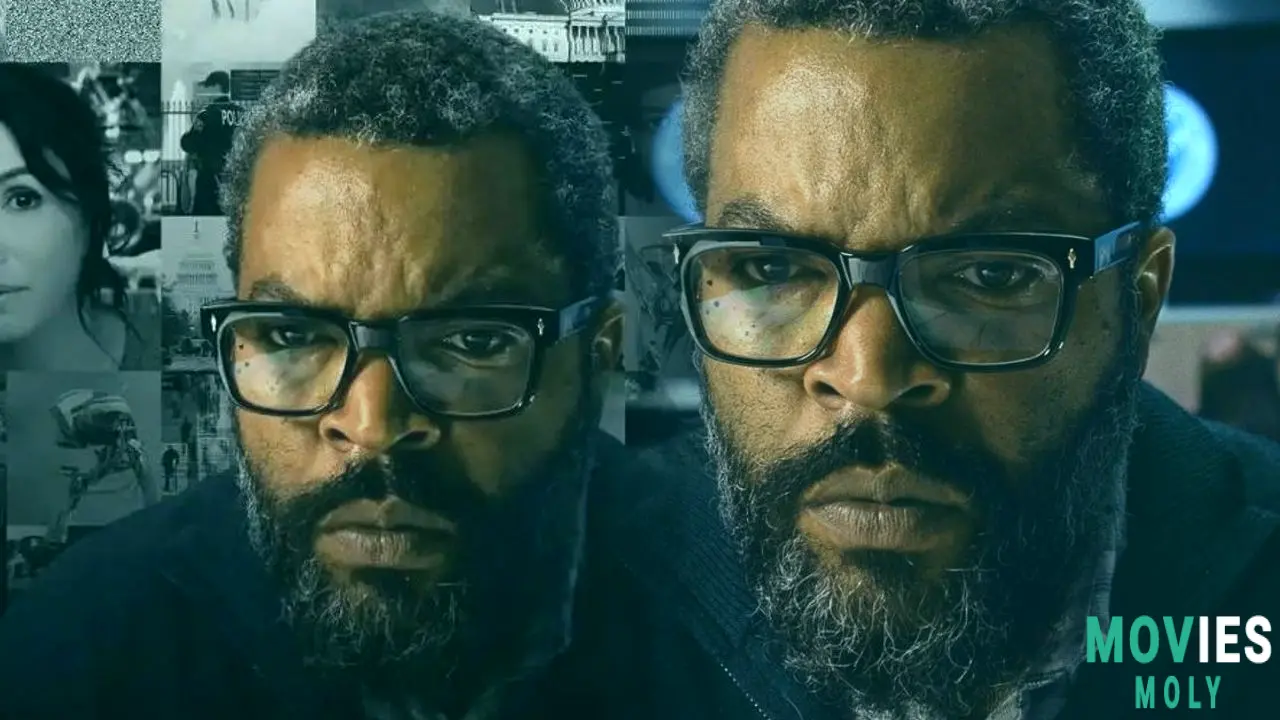
While critics panned the picture, audiences reacted with interest, humor, and downright astonishment. The 0% Rotten Tomatoes rating served as a magnet, attracting viewers eager to see the calamity for themselves.
The film immediately became a "hate-watch" sensation, with viewers intentionally seeking it out to experience its infamous badness. Social media platforms like as X and TikTok were inundated with reactions, memes, and conversations about the most bizarre events. This word-of-mouth reputation, fueled by its pure silliness, has propelled it to one of Amazon Prime Video's most watched original films, demonstrating that even negative press can drive viewing.
Lessons Learned: What 'War of the Worlds' Teach Filmmakers
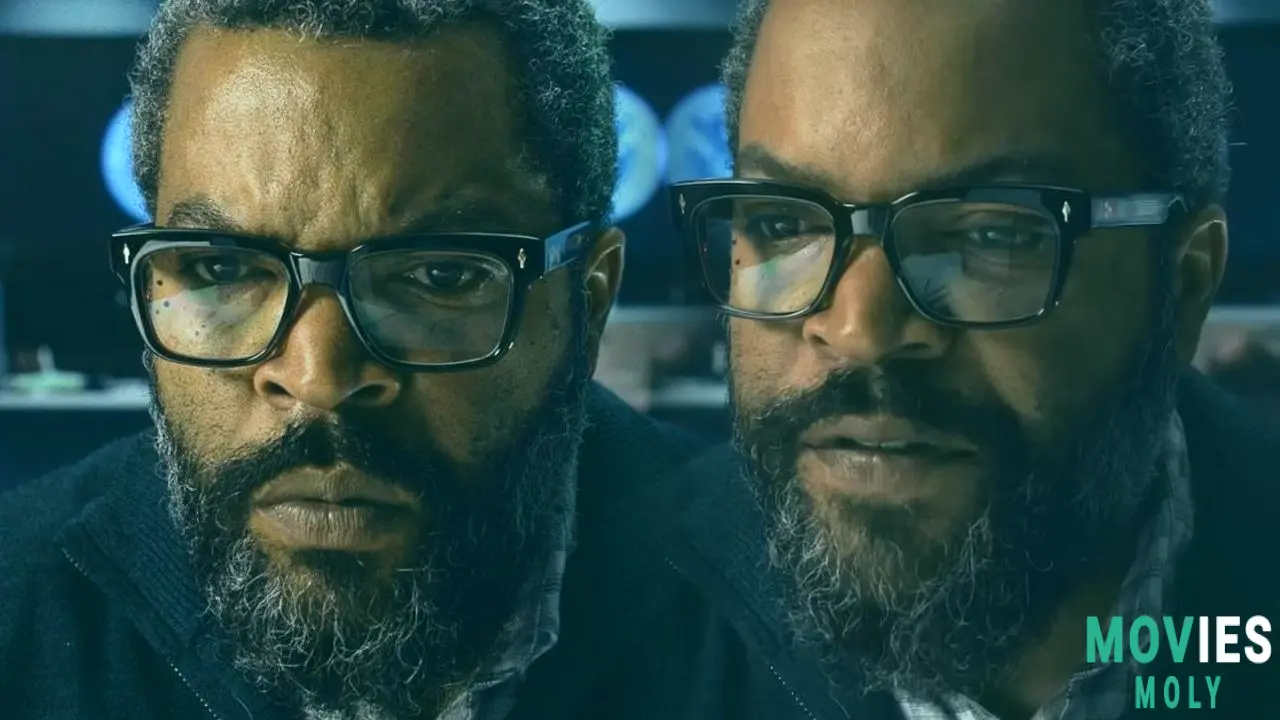
War of the Worlds provides a cautionary tale for both filmmakers and studios. Its failure can be linked to a number of issues, including its production environment and questionable creative choices.
The Pandemic's Impact on Production and Release
The film was purportedly filmed during the epidemic, which required many productions to adjust to new limits. This backdrop could help explain some of the film's visual flaws, such as Ice Cube's isolated performance and reliance on green screen. The film was also apparently shelved for some time before its discreet release, implying a lack of faith by the company. These factors most likely influenced its perceived quality, or lack thereof.
Analyzing the Impact of Amazon Prime Video Distribution
The film's direct-to-stream release on Amazon Prime Video enabled it to avoid traditional theatrical criticism. While this can be advantageous for niche films, War of the Worlds saw a quiet debut before exploding into viral renown. The distribution approach also facilitated extensive product placement, which would have been more difficult in a theatrical release. This demonstrates how streaming platforms may serve as both a shelter for experimental formats and a dumping ground for films that may not survive traditional distribution.
Key Takeaways from Future 'Screenlife' Productions
For future screenlife productions, War of the Worlds serves as a clear example of what to avoid. The format necessitates meticulous attention to detail, logical consistency, and a plausible purpose for the tale to be told exclusively on screens. Successful screenlife films incorporate the format naturally into the story, rather than utilizing it as a quick fix for production constraints. The film's struggles with pacing, human reactions, and visual plausibility within the screenlife framework demonstrate that, while accessible, this format is not without flaws.

